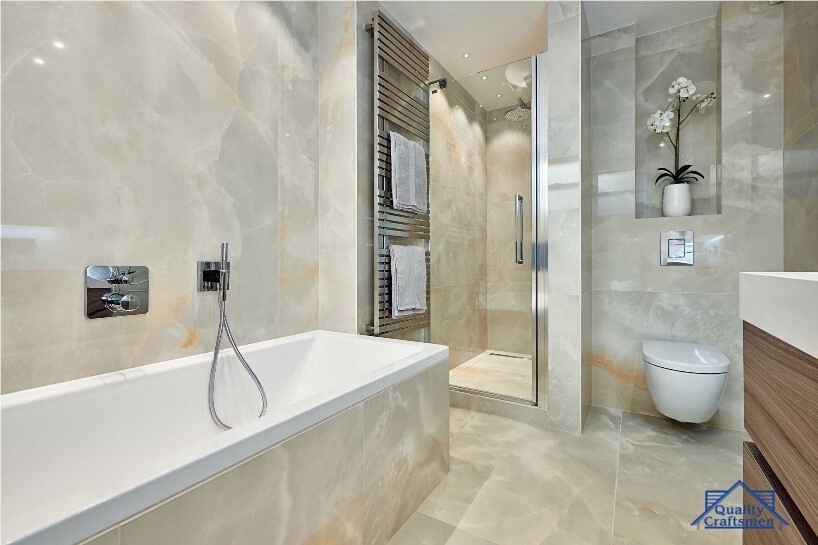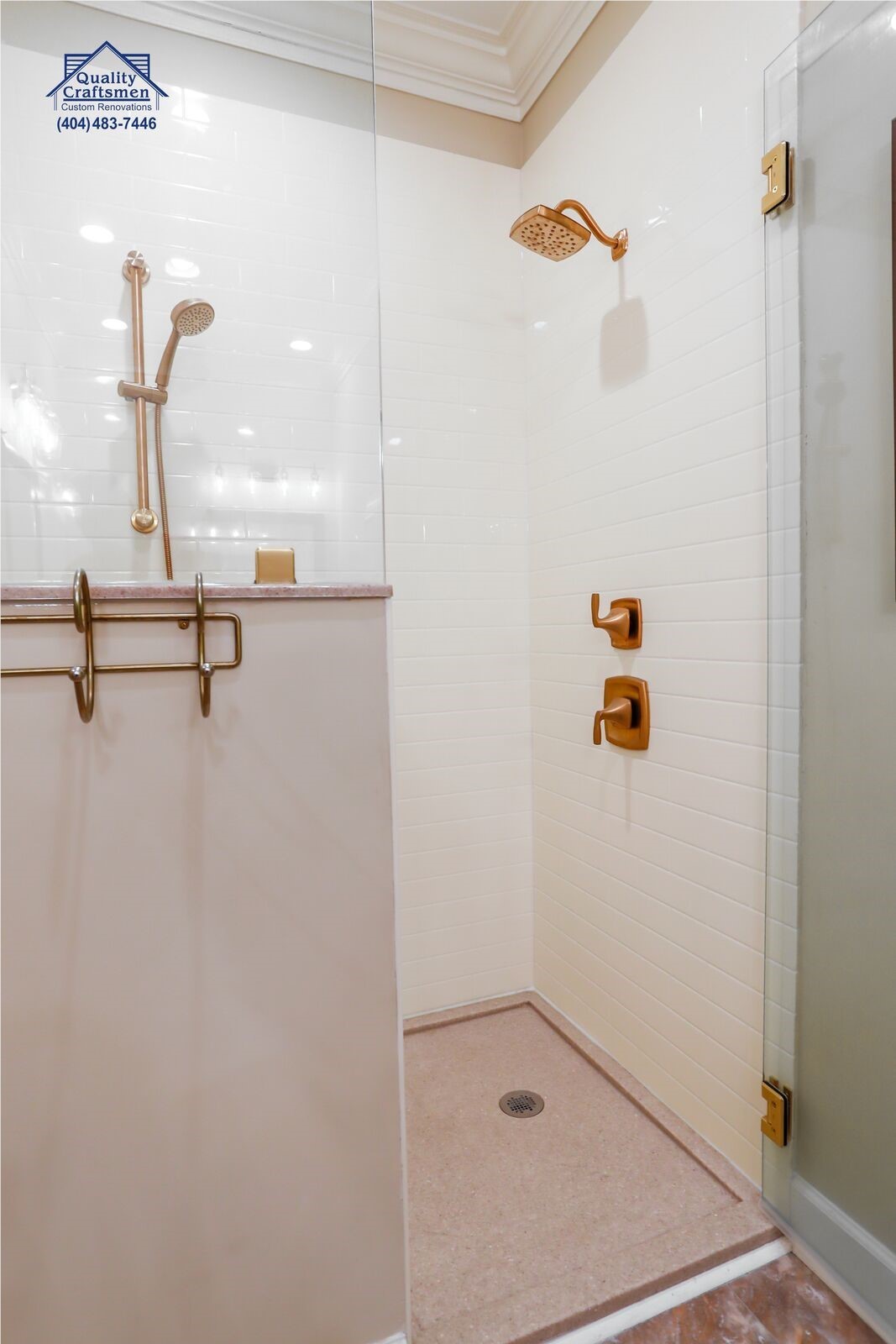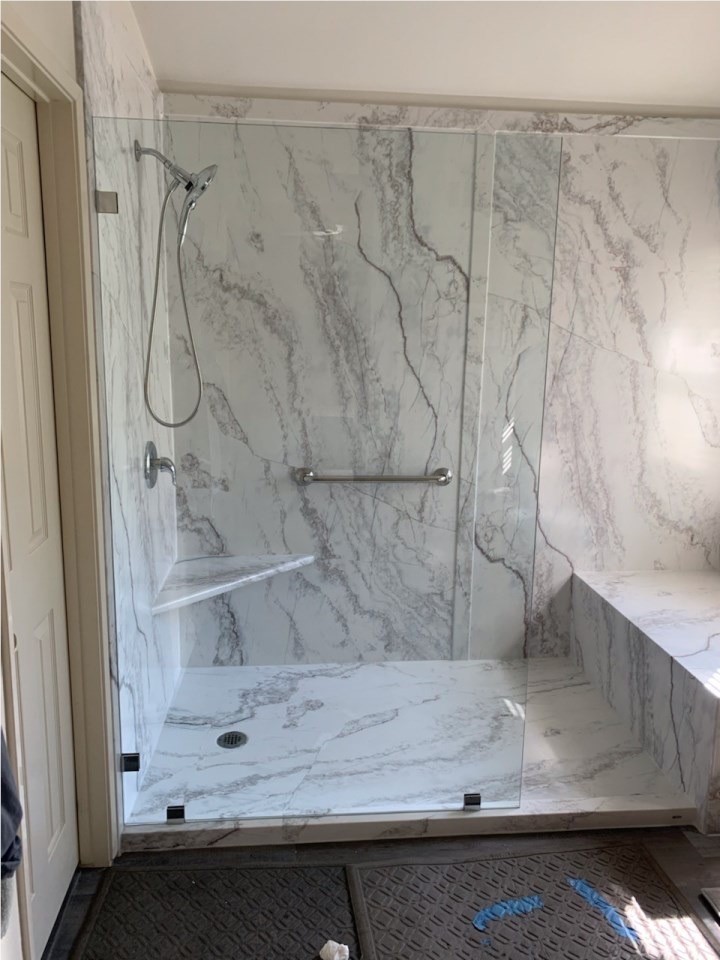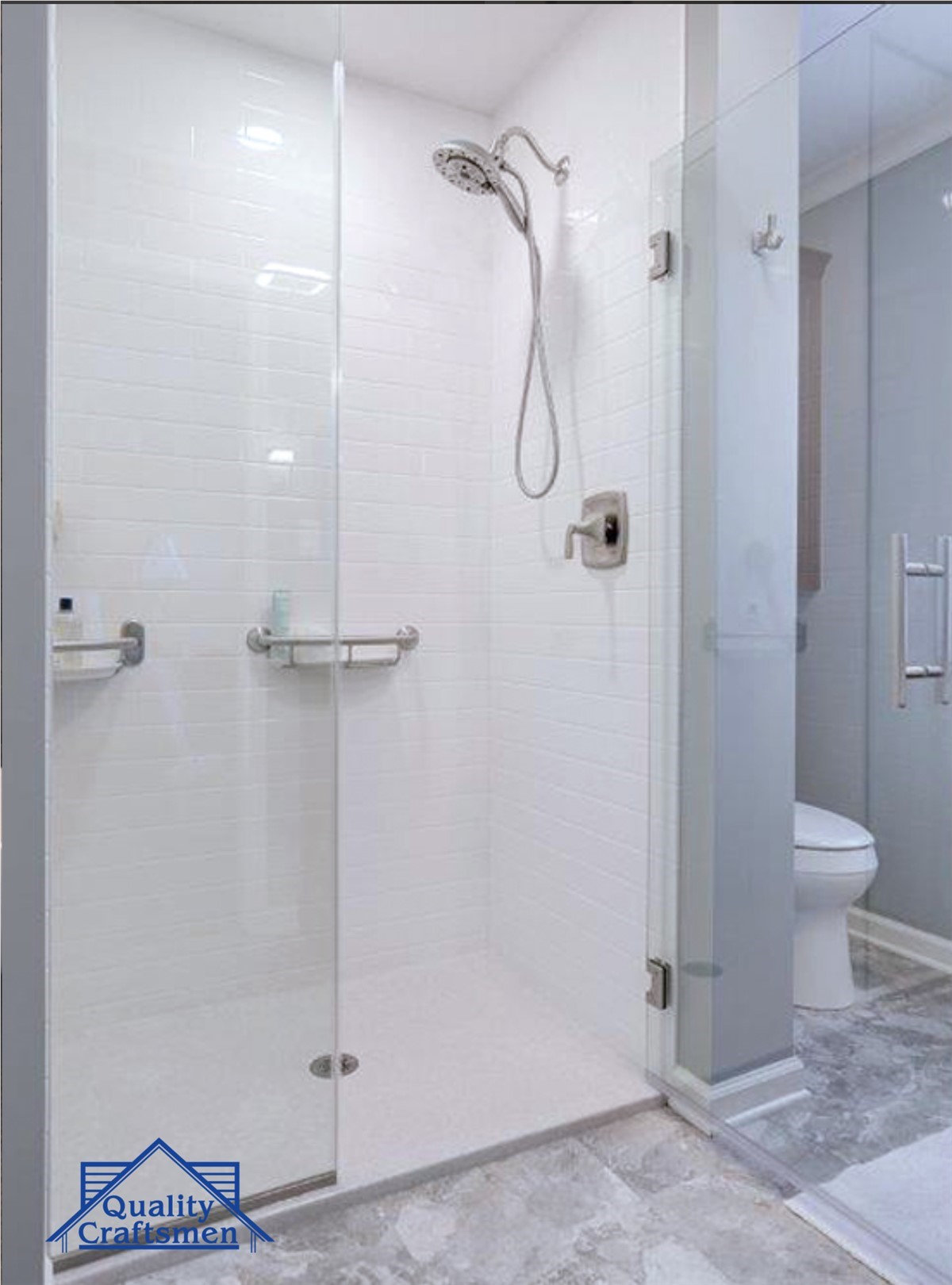In our last few articles, we’ve discussed the popular option to “age in place,” which basically means choosing to live at home or with family in an independent living arrangement rather than going to a nursing home or similar facility. After putting years of work into their homes or being invested in staying near their families, it’s no surprise that older generations would prefer to stay at home as long as possible. However, health issues and assisted living options must be considered – which brings us to the important home remodeling options!
Let’s take a look at a few of the most popular modifications and renovation choices for making a home or adjacent living quarters ideal for aging in place. This is often called “universal design” because it allows anyone to live or visit a dwelling with just a few important changes. Here are some of the most effective ways to apply universal design to your home!
Accessibility in the Shower
Bathrooms and showers can be tricky for those with age-related movement issues and similar challenges. One of the most common renovations is making bathrooms more accessible with the addition of zero or low step threshold showers, handbars, shower seats, transfer benches, non-slip surfaces, lighting and general alterations that make it easier to get in and out of the bathroom/tub. Making these changes means there is less risk of injury or other problems.
Ramps
Aging in place renovations must take future mobility concerns into consideration, even if they aren’t a necessity yet. This means that stairs can be very difficult to use, which is a problem in two-story houses, step porches, or renovated basements, etc. The solution may be a ramp or other elevator mechanism that can enable easier access.
Sometimes homes just have a step or two between different levels, which makes ramp installation very simple – something called a “zero-entry threshold” that’s a very common change to make. Other homes may require much larger or more complex ramps if there are a lot of steps. Stairlifts are also an option for especially steep stairs.
Aging in place renovations must consider wheelchairs and walkers, even if they aren’t a necessity yet. This means that stairs can be very difficult to use, which is a problem in two-story houses, step porches, or renovated basements, etc. The solution is properly installed, sturdy ramps that can enable easier access.
Wider Doorways
Standard doorways are large enough for most types of access (well, unless you’re moving a sofa), but when aging in place even the standard width can be a challenge. Family members with mobility issues may have difficulty navigating standard-width doorways. This is why many renovations also widen – or even remove – doorways so they won’t be a problem when moving around.
Kitchen Accessibility
Those aging in place typically prefer access to the kitchen so they can still cook or prepare meals for themselves. However, not all kitchens are very friendly to the elderly. A remodel may target shelves, counters, and cabinets to make them all more accessible for those who may not be able to reach very high. People can also adjust the level of sinks, and make sure that appliances like microwaves are easy to access for people who may need to sit down.
Do you have further questions about aging in place? We are the top local choice for aging in place remodeling projects in the East Cobb area. Would you like more information about how much a specific renovation would cost? Contact Quality Craftsmen today to learn more or get a quote.
Subscribe to Quality Craftsmen's Blog










Comments